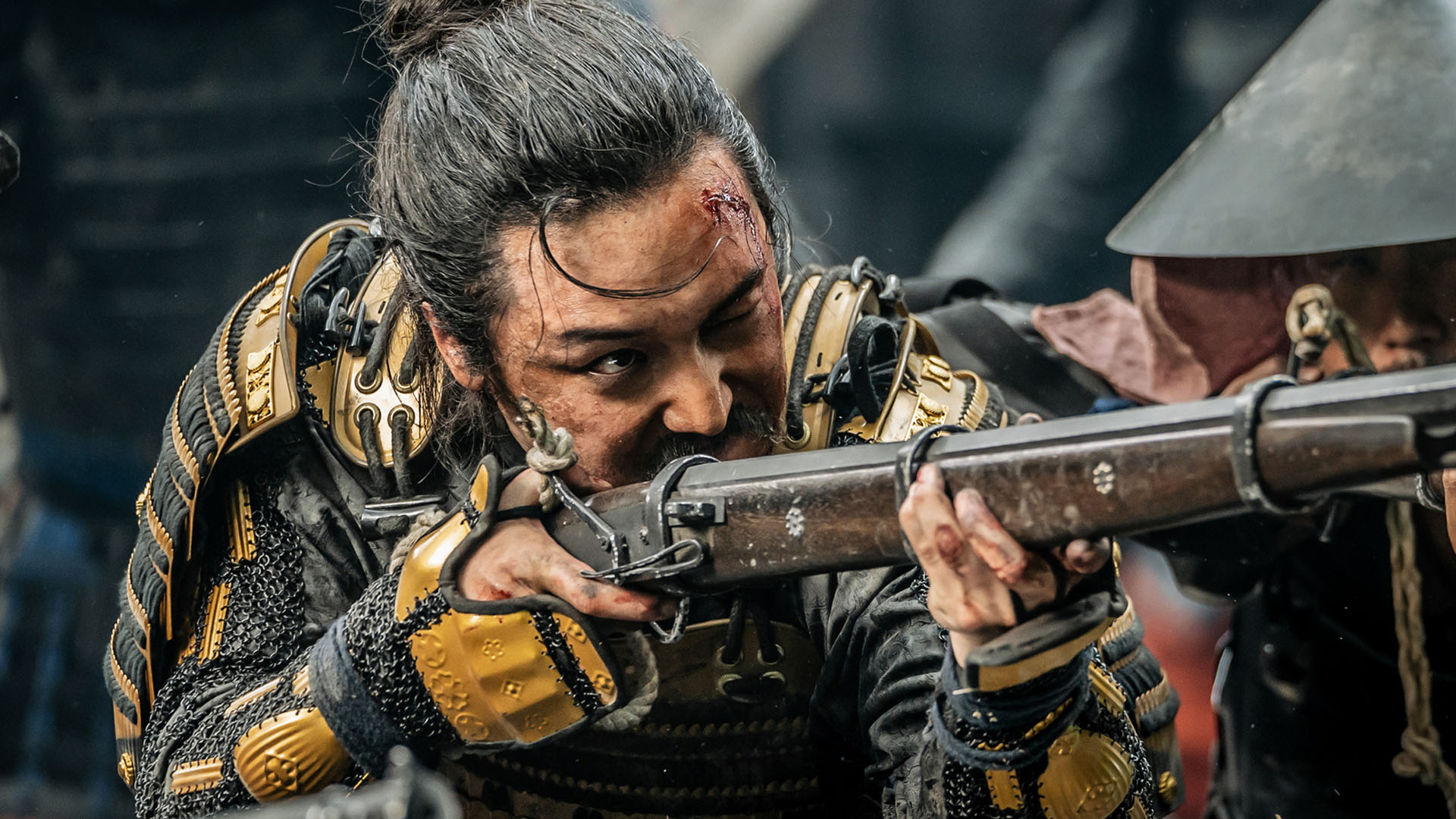The naval warfare of Hansan: Rising Dragon is an absolute blast

A Korean military naval hero is the subject of historical naval warfare pic Hansan: Rising Dragon. Some of the setup may test viewers’ patience, writes Travis Johnson, but when the film gets to the naval battle, it all pays off beautifully.
Following on from 2014’s The Admiral: Roaring Currents, Hansan: Rising Dragon is the second of South Korean director Kim Han-min’s (War of the Arrows) planned trilogy about the revered military hero Yi Sun-sin (Park Haei-il). Yi spent much of his career kicking various invading Japanese fleets up and down the Korean coast before dying in the final battle of the war in 1598, because sometimes even history likes a bit of symbolism.
Yi Sun-sin is one of the great figures of Korean history, roughly analogous to George Washington or, if you want to preserve the maritime flavour, Lord Nelson. As presented here (and, looking at the historical record, without much hyperbole) he’s a brilliant strategist, a canny politician, and a fearless naval commander, frequently seeing off numerically superior forces with a mix of tactical cunning and the odd technological marvel, such as the Turtle Ship: essentially a giant floating tank bristling with spikes and cannon.
Those things will come in handy in this latest cinematic outing (actually a prequel to Roaring Currents): when the action opens the invading Japanese are rampaging throughout the Korean peninsula, the government and royal family have fled north to Pyongyang, and Korea is hastily putting together some kind of military response—difficult when every commander seems to have their own political agenda. For the stoic Admiral Yi, recently wounded in battle but still up for a fight, the agenda is winning—in this particular case against the Japanese fleet commanded by Wakisaka (Byun Yo-han) at the Battle of Hansan.
Hansan is nationalist cinema, as these sorts of things tend to be, and that’s okay—India’s recent smash hit RRR is cut from the same cloth, and so is Top Gun: Maverick: they’re big, bold, primary-coloured military fantasies where our guys are heroic, the other side are evil (or at least faceless) and it’s all about stirring derring-do in the name of a righteous cause. Audiences react to this stuff on a visceral level, with RRR doing huge business, Top Gun: Maverick becoming the biggest movie of 2022, and director Kim’s Roaring Currents still the all-time most-watched and highest-grossing (adjusted for inflation) film at the South Korean box office.
However, this time around Kim gets deep in the weeds of history and strategy, which may limit its appeal somewhat. We spend a lot of time watching Yi and Wakisaka manoeuvre for position, deploying spies and saboteurs in the lead-up to the actual battle, which is interesting enough for a military history nut but might try the patience of the less devoted. Similarly, a bewildering array of actual historical figures turn up for brief moments here and there before disappearing from the story, only a subtitle of their name and rank indicating their importance to the non-Korean viewer. The overall narrative still works, but some of the details are obscure.
But then we get to the naval battle, and it all pays off beautifully.
In drilling deep into a single engagement, Hansan is reminiscent of Ridley Scott’s Black Hawk Down in its attention to detail, but in terms of scope and sweep, the climactic action is the best we’ve seen since Master and Commander: Far Side of the World. Vast fleets of ships go head to head, cannons roar, decks explode, blades clash in desperate boarding actions—everything you want from this sort of thing. The odd ropey CGI element is just the price you pay for a battle depicting hundreds of ships in full-scale combat and besides, we’ve put up with much worse from films with much larger resource pools lately.
Hansan: Rising Dragon is an absolute blast. Its key fault is that, in trying to cram in so much detail and incident, characterisation takes a backseat—even Park Haei-il’s Yi only really gets to grimace manfully throughout the proceedings. Chalk it up to the fog of war, maybe, and just enjoy one of the best historical epics to come along in years.

















